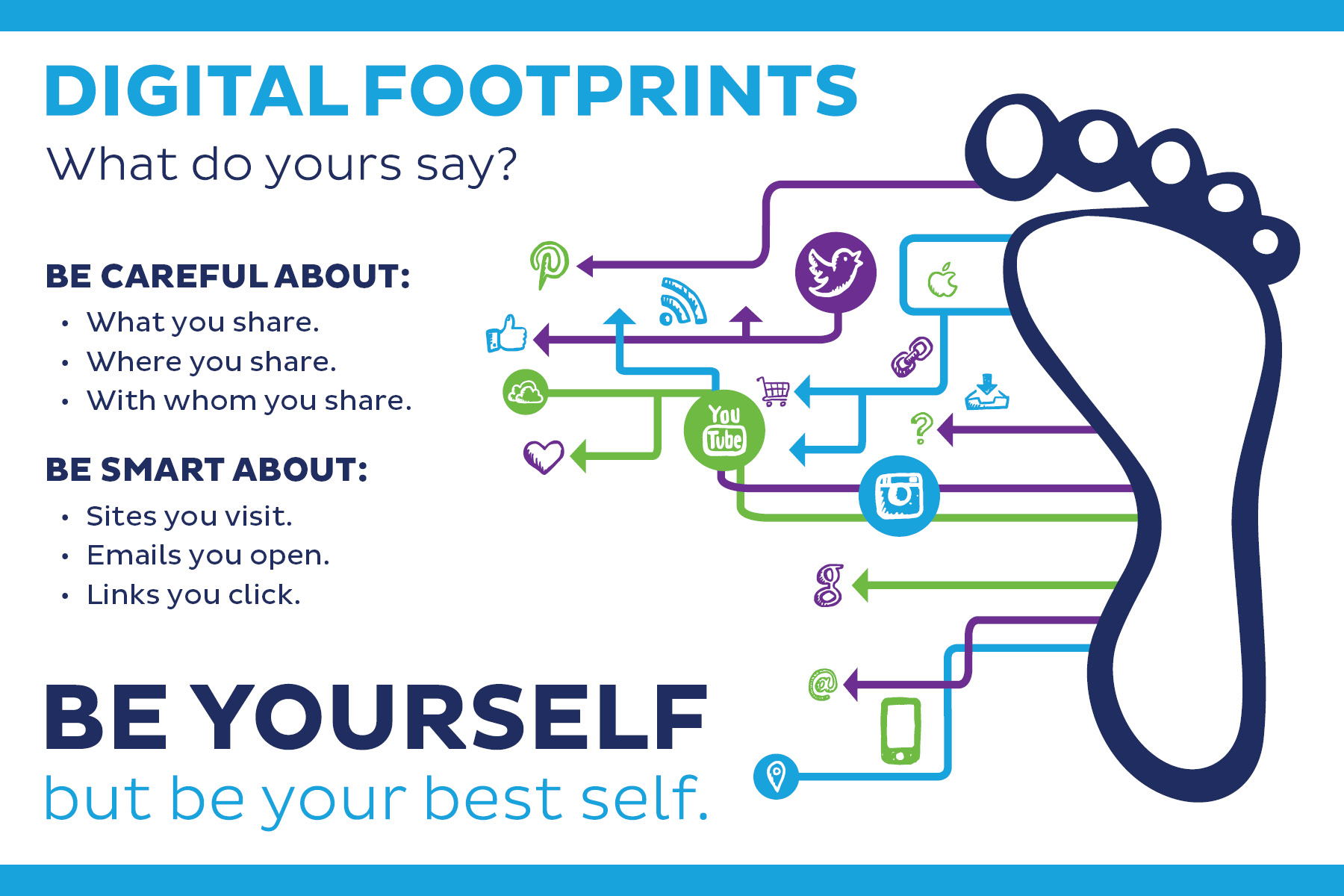… for the 1st year at least. It’s also an interesting strategy considering that operating system revenue, has always been a key cornerstone for Microsoft. The free upgrade applies primarily to their consumer facing operating systems though (Enterprise versions are excluded as well as Windows RT/RT 8.1) which makes sense since they aren’t giving up that lucrative revenue stream (volume licensing as well as service level contracts for enterprise deployments).
From the consumer facing side, it is an acknowledgement with regards to the strategy Apple has chosen when they moved OS X to its current free upgrade model (starting with 10.9 Mavericks) where part of the free rationale was to get the customer base to quickly adopt the latest version.
Unlike Apple, Microsoft does not currently have a large high margin hardware ecosystem to subsidize their operating system development (in the past, their high margins from operating system and application sales along with their respective volume licensing agreements, were the huge gravy train). Microsoft has to cede some of this though considering the changed landscape with mobile. I’m presuming they will attempt to recapture some of this via the services angle with their cloud strategy.
The company also revealed more consumer facing features including one of the biggest beefs I had back when initially trying out the Windows 8 consumer preview several years ago; that is the jarring redundancy of the new system settings and the old style consumer panel UI’s. Microsoft will be consolidating that into something more unified.
What I’m really looking forward to trying is the Continuum feature (the one that changes the user interface on the fly depending on hardware configuration; i.e. mobile touch device, to a traditional laptop, to a desktop PC, or a gaming console). This is the big one since it’s a key part of the “single application across all of these platforms” approach the company is hedging on in order to quickly have a large amount of apps that will be available on a mobile configuration (since that is the current achilles heal of Windows Phone).
Microsoft also unveiled Cortana at the event and also demoed a touch version of Office (which they also unsurprisingly will be releasing for free for Windows 10 phones and smaller display tablets). Unlike past versions for mobile, this will be full featured since it is an example of their universal app strategy; one which I’ve mentioned before is something that I’m watching since the uptake by 3rd party developers, can easily propel Microsoft’s current dire mobile presence, into an actual force to be reckoned with in 2016 (and given my current issues with Apple’s desktop operating system, I am looking at this alternative seriously).
The onus is all on Microsoft to be able to deliver though without a ton of delays. Apple is currently pre-occupied with Apple Watch, iCloud Photo Library, and the Photos app for the Mac on top of whatever hardware roadmaps are on the plate for this year (personal opinion: I look at 2015 as more of an incremental progress year which gives Microsoft a “window” of opportunity if they can deliver an operating system that meets their original goals no later than the end of this year).



